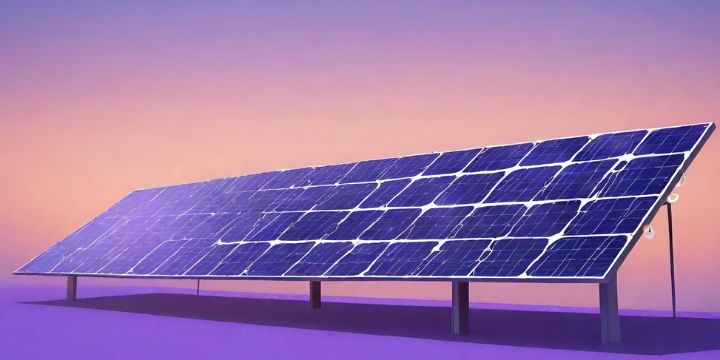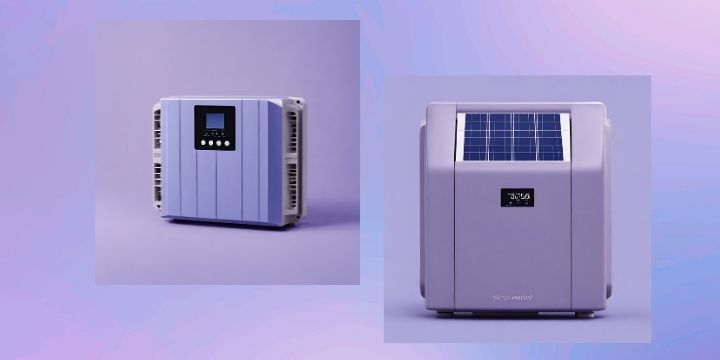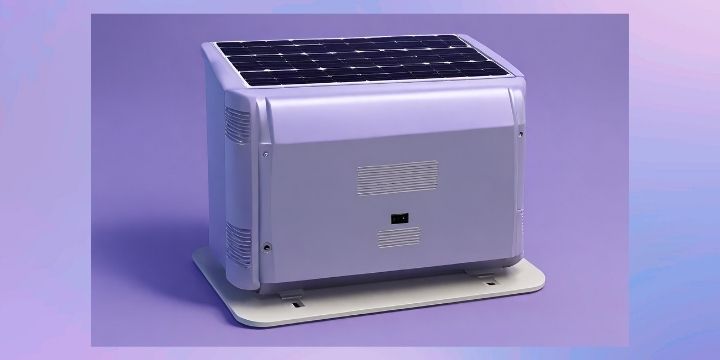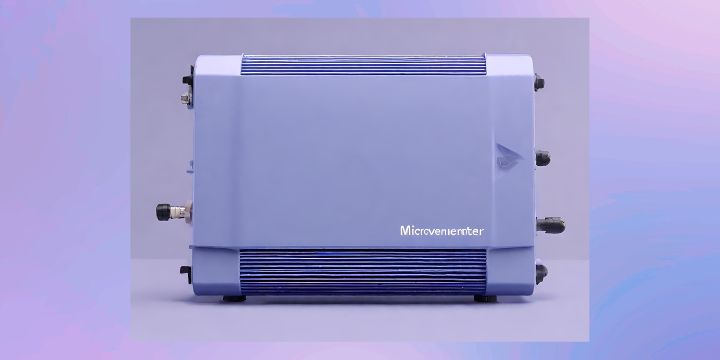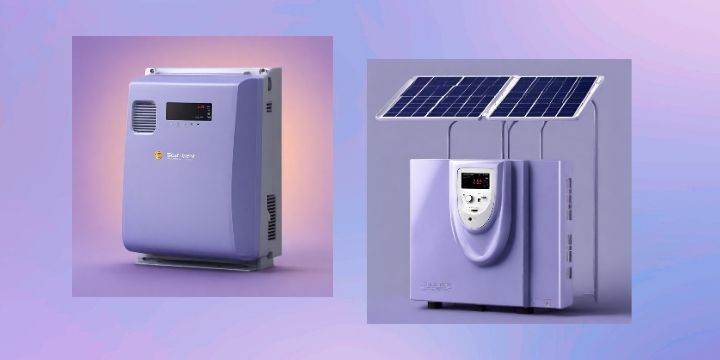What is an MPPT Solar Controller? The Key to Improved Solar Power
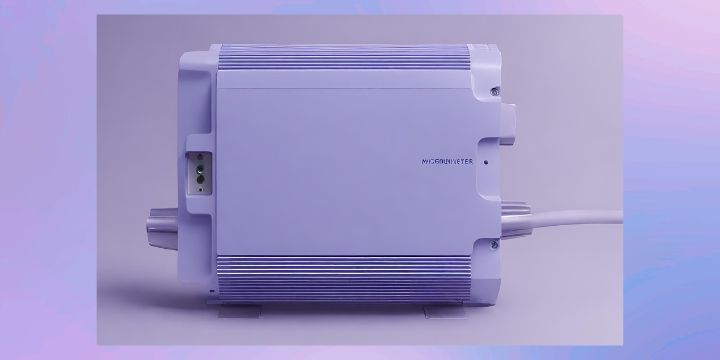
As someone interested in solar power, you have likely heard about MPPT solar controllers and their ability to improve the efficiency of photovoltaic systems. However, you may still have questions about what an MPPT controller is and how it works.
An MPPT or maximum power point tracking controller is an advanced charge controller that helps your solar panels operate at their maximum power point to produce the most energy possible. Unlike a standard PWM or pulse-width modulation charge controller that simply regulates voltage to charge your batteries, an MPPT controller converts excess voltage into amperage to charge your batteries faster and power your loads more efficiently.
By optimizing your solar system’s performance, an MPPT controller can increase energy production by up to 30 percent compared to a standard controller. If you want to get the most out of your solar panels, an MPPT charge controller is a smart investment.
Reliable Power Anywhere
Experience the freedom of portable power with Bluetti's cutting-edge solar generators and power stations. Whether you're camping, preparing for emergencies, or reducing your reliance on the grid, Bluetti offers reliable, eco-friendly solutions that keep you powered up anywhere.
Explore Bluetti Products NowWhat Is an MPPT Solar Controller?
An MPPT solar charge controller, or maximum power point tracking controller, is a key component in any solar power system that charges batteries. It ensures your batteries are charged as efficiently as possible using power from the solar panels.
How an MPPT Solar Controller Works
An MPPT solar controller tracks the voltage and current from your solar panels to find the optimal power point – where voltage and current are at their highest. It then converts the power to match your battery’s needs. This allows it to harvest more power from the panels than a standard controller.
- It samples the output of the solar panels many times per second.
- It calculates the optimal power point based on panel temperature and available sunlight.
- It converts the higher voltage DC power from the panels to a lower voltage needed to charge the batteries.
- It maintains a consistent charge to the batteries even as the available power from the panels changes.
Benefits of Using an MPPT Solar Controller
An MPPT solar charge controller provides several benefits over a standard controller:
- Increased energy harvest – Can gain up to 30% more power from panels.
- Faster charging – Batteries reach full charge sooner.
- Compatible with higher voltage panels – Can utilize panels with output up to 150V, while standard controllers are limited to the battery voltage.
- Temperature compensation – Adjusts charging based on temperature to protect batteries.
- Extended battery life – Precise three-stage charging helps batteries last longer.
For any off-grid solar power system, an MPPT solar charge controller is worth the investment to maximize energy efficiency and battery performance. When paired with a high-quality inverter, it helps provide reliable power whenever and wherever it’s needed.
Go Green with Bluetti
Take a step towards sustainability with Bluetti’s advanced solar technology. From high-capacity power banks to efficient solar panels, Bluetti helps you harness the power of the sun to reduce your carbon footprint without compromising on performance.
Shop Sustainable Power SolutionsHow MPPT Solar Controllers Maximize Solar Power
MPPT solar charge controllers, or maximum power point tracking controllers, are advanced devices that help optimize energy output from solar panels. They track the maximum power point (MPP) of the panels to extract the maximum amount of power, thus improving the overall efficiency of your solar system.
How MPPT Controllers Work
MPPT solar controllers continuously monitor your solar panels and battery bank to ensure the optimal voltage match between them. They convert the higher voltage DC output from solar panels to a lower voltage that matches your battery bank’s needs. This conversion allows them to harness more power from the solar panels compared to a standard PWM charge controller.
Benefits of MPPT Technology
MPPT solar charge controllers offer several benefits:
- Higher efficiency and conversion rates. MPPT controllers can achieve up to 30% higher efficiency than PWM controllers. This means more of the energy from your solar panels is utilized.
- Harvest more energy from solar panels. By optimizing the voltage match, MPPT controllers can extract the maximum power available from your solar panels. This results in higher amperage and wattage output.
- Longer battery life. The efficient charging provided by MPPT controllers helps batteries stay at an optimal state of charge, which extends their overall lifespan.
- Compatibility with higher voltage solar panels. MPPT controllers can handle the higher voltage output from solar panels, allowing the use of panels with higher wattage ratings.
By tracking and optimizing the power point where solar panels can produce maximum power, MPPT solar charge controllers enable homeowners to get the most out of their solar energy systems. The improved efficiency and higher energy harvest can lead to a faster return on your solar investment.
Top Benefits of Using an MPPT Solar Controller
Increased Energy Harvest
An MPPT solar controller can harvest more energy from your solar panels compared to a PWM controller. It does this by tracking the maximum power point of the solar panels to match the optimal voltage and amperage for maximum energy transfer.
This allows an MPPT controller to extract more power from the panels, even in low-light or cold weather conditions. Studies show that MPPT controllers can provide up to 30% more energy in the winter and 10-15% more in the summer versus PWM controllers.
Higher Voltage Solar Arrays
MPPT solar controllers allow you to use a higher voltage solar array than the battery bank voltage. For example, you can have a 48V solar array charge a 24V battery bank.
This is beneficial because higher voltage means lower amperage, which reduces the cost of wiring and fuses. It also minimizes the voltage drop across long wire runs, enabling more power to actually reach the battery.
Power Your Adventures
Don't let power outages or off-grid adventures slow you down! Bluetti's portable solar-powered solutions are designed for convenience and efficiency, making them the perfect companion for any lifestyle.
Discover Bluetti's Portable PowerBattery Charging Efficiency
An MPPT solar controller can charge your batteries more efficiently than a PWM controller. It converts the excess voltage from the solar panels into amperage to charge the batteries. So if your panels are producing 60V but your batteries are 48V, the MPPT controller drops the voltage to 48V and converts the excess 12V into amperage to charge the batteries.
This means your batteries spend less time charging and more time powering your loads.
Conclusion
As you have seen, an MPPT solar charge controller is a vital component in any solar power system. It ensures your panels operate at peak efficiency so you get the most out of your investment in renewable energy technology.
With rising energy costs and increasing environmental concerns, solar power is an attractive solution for many homeowners and businesses. An MPPT controller helps maximize the benefits of going solar by optimizing energy harvest and battery charging.
Disclosure: We may earn commission for purchases that are made by visitors on this site at no additional cost on your end. All information is for educational purposes and is not intended for financial advice. Read our affiliate disclosure.

